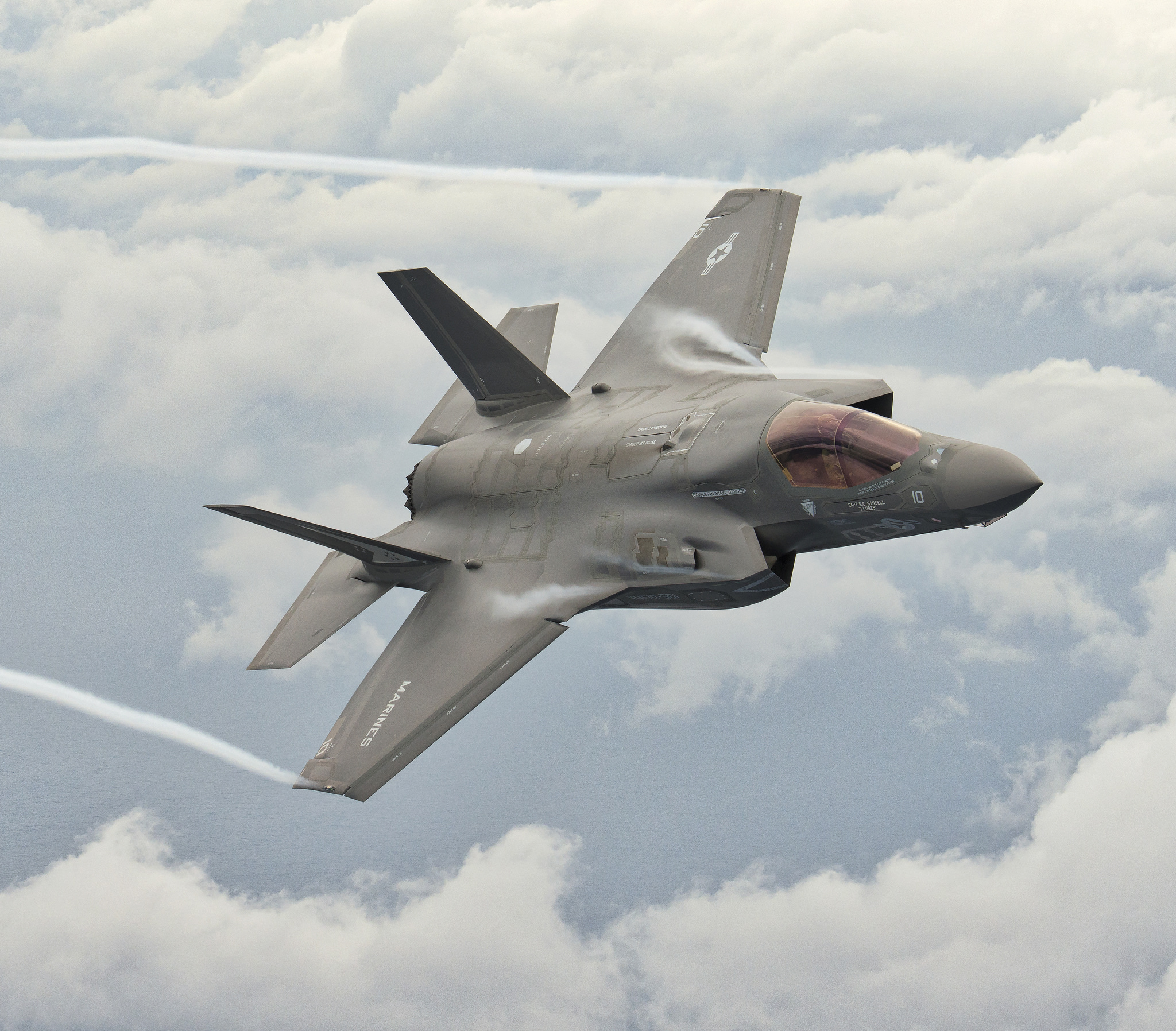

The National Defense Authorization Act (NDAA) that passed Congress last month, and to which President Obama added his signature, calls for total defense spending of $607 billion in fiscal year 2016 and about $592 billion in fiscal year 2017. Both totals include a base component and an overseas contingency operations component.
The 2017 budget is about $15 billion below the number what the Pentagon had planned on, and the generals and admirals are busy now trying to sort out what to keep in the budget and what to let go. So far, at least, staffing levels are remaining and modernization programs are going.
Last week the Pentagon’s undersecretary for acquisition, technology and logistics, Frank Kendall, said that hits to the 2017 budget fall largely on modernization, not personnel cuts, and that the cuts would be more on the production side than on the research and development side.
One program that won’t die — at least without a good fight — is the A-10 aircraft used primarily for supporting troops on the ground. Not so lucky are a replacement Air Force training jet, called the T-X, and a replacement Joint Surveillance Target Attack Radar System (JSTARS), neither of which has yet gone to bid.
The F-35 Joint Strike Fighter, built by Lockheed Martin Corp. (NYSE: LMT), is not immune to lower spending. Kendall said:
Dollar for dollar, [the F-35] probably gives us more combat capability than any other investment we’re making, but we have a lot of other things that we have to do as well. So it’s not entirely fenced. I can’t say it’s entirely fenced [off from cuts].
Priority in the budget will go to three nuclear programs: the Ohio-class submarine, the Long Range Strike-Bomber (LRSB) and new ICBM designs. A contract worth an estimated $80 billion was just awarded to Northrop Grumman Corp. (NYSE: NOC) for the LRSB, but the award is being protested by Lockheed and its partner, Boeing Co. (NYSE: BA).
Other programs that could be affected include the AH-64E Apache and UH-72 Lakotas helicopter programs from Boeing and Airbus, respectively.
Essential Tips for Investing: Sponsored
A financial advisor can help you understand the advantages and disadvantages of investment properties. Finding a qualified financial advisor doesn’t have to be hard. SmartAsset’s free tool matches you with up to three financial advisors who serve your area, and you can interview your advisor matches at no cost to decide which one is right for you. If you’re ready to find an advisor who can help you achieve your financial goals, get started now.
Investing in real estate can diversify your portfolio. But expanding your horizons may add additional costs. If you’re an investor looking to minimize expenses, consider checking out online brokerages. They often offer low investment fees, helping you maximize your profit.
Thank you for reading! Have some feedback for us?
Contact the 24/7 Wall St. editorial team.